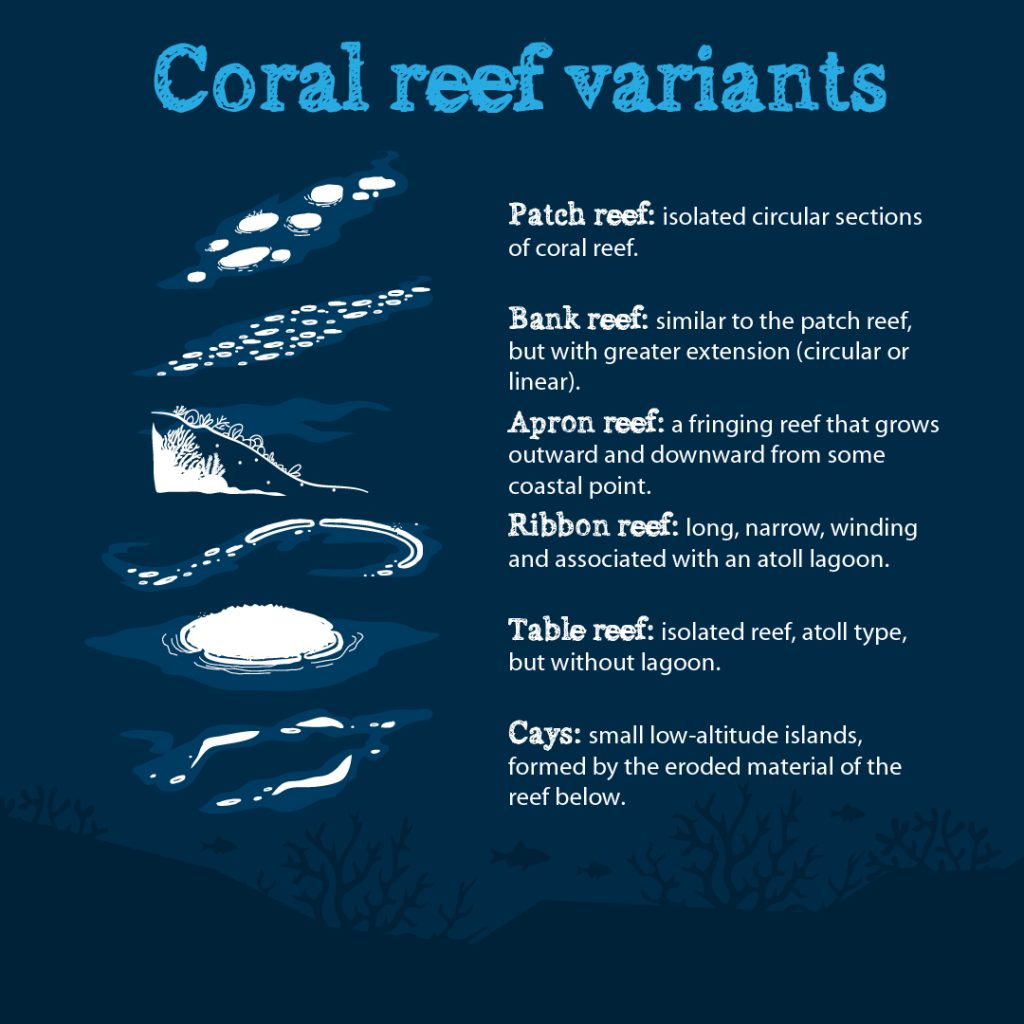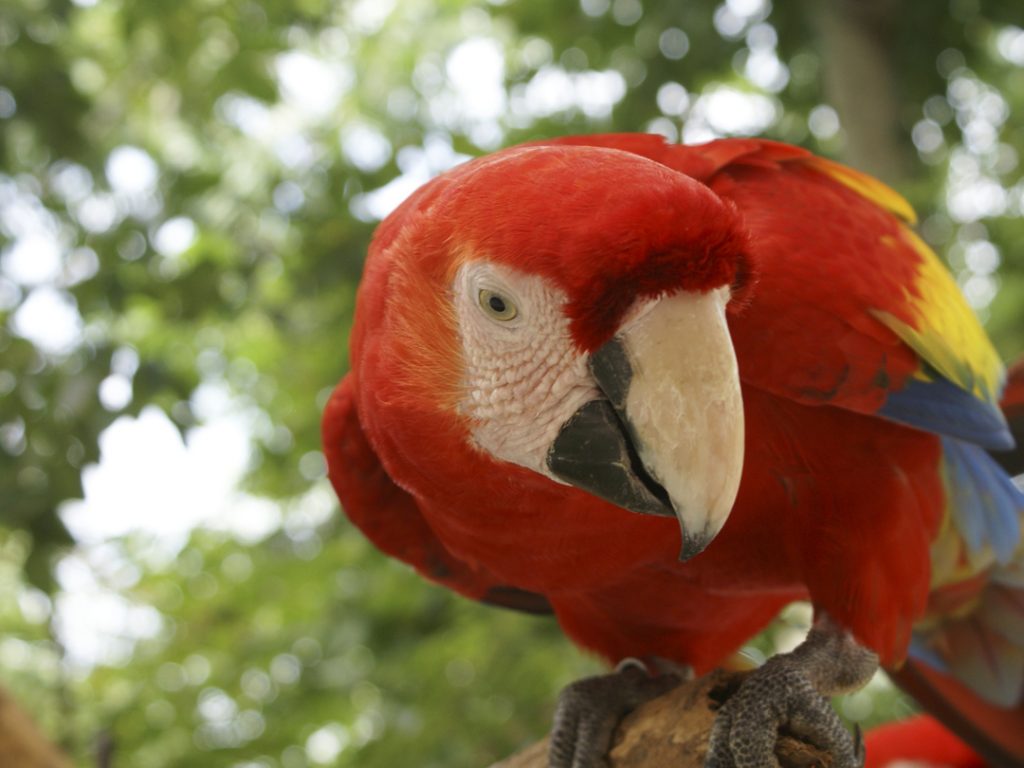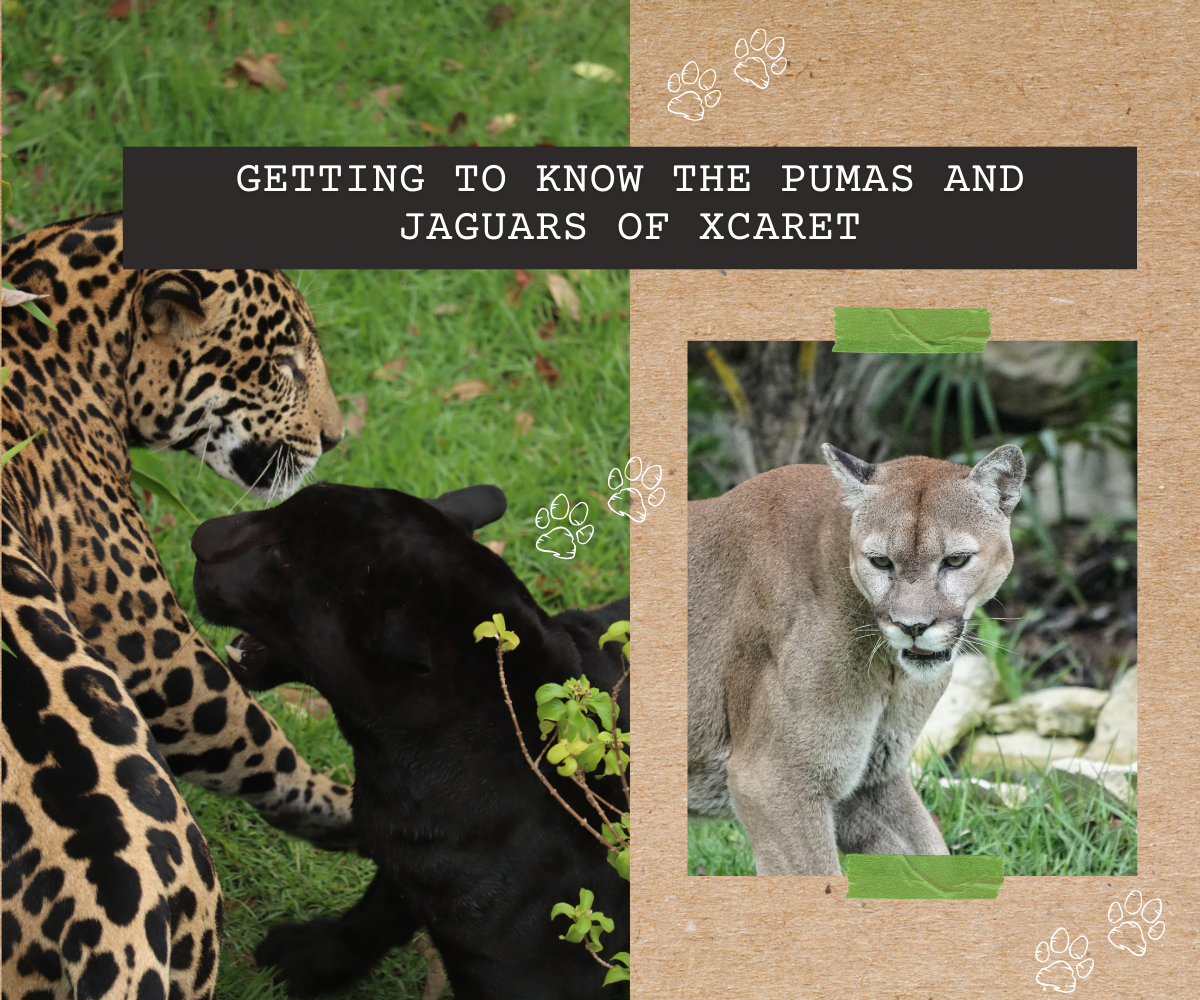What is coral bleaching? Learn about these protected areas under threat
July 19, 2024
Coral Reefs in Mexico
How much do you know about these coast guardians?
Coral reefs cover less than 0.1% of the ocean surface. However, its important role in the balance of our environment is certain. The tropical climate of Quintana Roo is ideal for the proper development of these ecosystems. This is why the Atlantic and Caribbean regions hold 7.6% of the worldwide total.
They play a pretty important role in coastline areas. They prevent the erosion of our beautiful beaches by reducing the impact of the waves. So, along with mangroves, they constitute a protection system against natural phenomena.
If you want to preserve the underwater world, then keep on reading:
How much do you know about these coast guardians?
- They are one of the most productive ecosystems in the world, supporting thousands of organisms. They’re breeding, refuge, feeding, and reproduction places.
- Coral reefs reduce the amount of CO2 in the air.
- Important regulators of the temperature of the water.
- When healthy, tropical coral reefs grow at a rate of 1 to 3 cm per year horizontally, and between 1 to 25 cm per year vertically.
- They cannot grow above sea level, nor to depths greater than 150 m, as they need sunlight to survive.
- Its inhabitants range from corals to algae, invertebrates such as sea urchins, large numbers of fish, and even seabirds.
- There are currently 13 Natural Protected Areas that include reef areas. Nine of them are in the Gulf of Mexico and the Caribbean and the rest are in the Pacific and Gulf of California.

Identify them by their formation
They can be divided into two groups:
- Biotic reefs: Millions of organisms called “polyps” cling to rocky surfaces on the seafloor, forming coral reefs.
- Geological reefs: They originate from the movement of the ocean’s tectonic plates. They are mainly made up of rocks that arise as a result of this.
Main types of coral reefs
Fringing reefs: as the name implies, the reef connects directly to the shoreline or only a shallow lagoon or canal separates it.
Barrier reefs: a reef separated from the mainland or island by a deep canal or lagoon.
Atolls: a barrier reef (circular or continuous), which extends around a lagoon without a portion of land in the center.

Coral reef variants
Patch reef: isolated circular sections of coral reef
Bank reef: similar to the patch reef, but with bigger (circular or linear)
Apron Reef: a fringing reef that grows outward and downward from some coastal point (the initial stage of a fringing reef)
Ribbon reef: long, narrow, winding and associated with an atoll lagoon
Table reef: isolated reef, atoll type, but without a lagoon
Cays: small low-altitude islands, formed by the eroded material of the reef below. This sandy surface can be inhabitable.

Reefs in Quintana Roo
Quintana Roo is the favorite destination of countless snorkeling and diving lovers. According to the National Commission for the Knowledge and Use of Biodiversity, the Caribbean and the Gulf of Mexico have the greatest global wealth of coral diversity: with the presence of 45 to 60 species. Reefs are not only a fundamental social and ecological factor, but also a focus for scientific activity and the tourism industry. Furthermore, for some communities, it has become an important source of food. This exploitation has led to severe regulations and the intensification of protocols towards their protection and recovery.
These are the reefs protected in the territory:
National Reef Park of Puerto Morelos
- “Fringing” type
-This reef is part of the “Great Belt of Reefs of the Western Atlantic”. Also known as the “Great Mayan Reef” (the second largest barrier reef in the world), which belongs to the Mesoamerican -Barrier Reef System.
-It was declared a Natural Protected Area and National Park, since 1998.
-It borders the West Coast National Park of Isla Mujeres, Punta Cancún and Punta Nizuc.
-The terrestrial part of the designated site is also important due to the presence of mangroves and some turtle breeding beaches.
Species under protection that inhabit it:
-Deerhorn coral
-Loggerhead turtle
-White or green turtle
-Carey turtle

National Reef Park of Cozumel
- 40 km away from the reef of Puerto Morelos.
- Also declared as a National Marine Park in 1996.
- The island of Cozumel is for the most part surrounded by coral reefs. However, the parking area covers the southern half of the island, south of the international docks, and a portion of the - - Eastern Shore.
- About 12,000 ha of extension.
Some examples of its marine fauna and flora are:
-Giant anemone
-Brain coral
-Bull and hammer shark
-Barracuda
-Mere
-Queen parrotfish

Via En Cambio Q.Roo 
Barracuda 
Brain coral 
Parrot fish 
Hammerhead shark 
Mere
These two are part of the Mesoamerican Reef
- It stretches for more than a thousand kilometers. From Cabo Catoche to the north coast of Honduras.
- It stands out for its wealth of mollusks, mammals, algae, and more than 500 species of fish and 60+ species of coral.
Species under protection that inhabit it:
-Green, tortoiseshell and loggerhead turtles
-Manatee
-Whale shark

Manatee 
Green Turtle 
Whale Shark
Threatened reefs: coral bleaching
If you have been fortunate enough to observe these underwater oasis up close, you will know that one of their main characteristics is their vibrant colors. What does it mean when a coral loses color and becomes completely white? It’s called “coral bleaching” and it is closely related to the temperature of the water.
According to information from the World Wide Fund for Nature, reefs display these colors thanks to microscopic algae called zooxanthellae. These live within the corals, keeping a symbiotic relationship with them. The algae provide up to 80% of their necessary nutrients and they protect them from their predators in return.
The rise of the water’s temperature causes the algae to produce toxic compounds. This stresses the corals, causing rejection. The algae are expelled and with them, the color of the coral. They must be reabsorbed within 4-6 weeks, otherwise, the coral will starve.
This disease is very delicate. An increase of 1° is enough to put them at risk. The death of corals would put 25% of marine species at risk.

3 actions to reflect on to take care of our reefs
1.- Be more careful when choosing your sunscreen. To visit and preserve your favorite beach, choose a sunscreen that does not contain Oxybenzone. Here’s everything you need to know on biodegradable sunscreen.
2.- Say no to overfishing! Choose products from responsible, sustainable companies.
3.- Can you help us reduce your carbon footprint? Climate change is real, and reefs know it. The oceans have absorbed 93% of the heat produced by human activity. What to do at home? Reduce your electricity consumption. Avoiding consumerism. Keep your car in good condition. Shop for local products.

Learn more habits at home that help the planet!
The ocean’s temperature is higher than it was 50 years ago, and the popularity of coral reefs as tourist attractions grows day by day. The local economy, balance, and diversity of our ecosystem are threatened. Know the reefs that surround your community, learn, recognize your role to protect them, and act responsibly.

Nacida en el paraíso. Apasionada por contar historias, el teatro, la danza y el arroz con leche de m...

Posts Relacionados
Grupo Xcaret
Hotels





